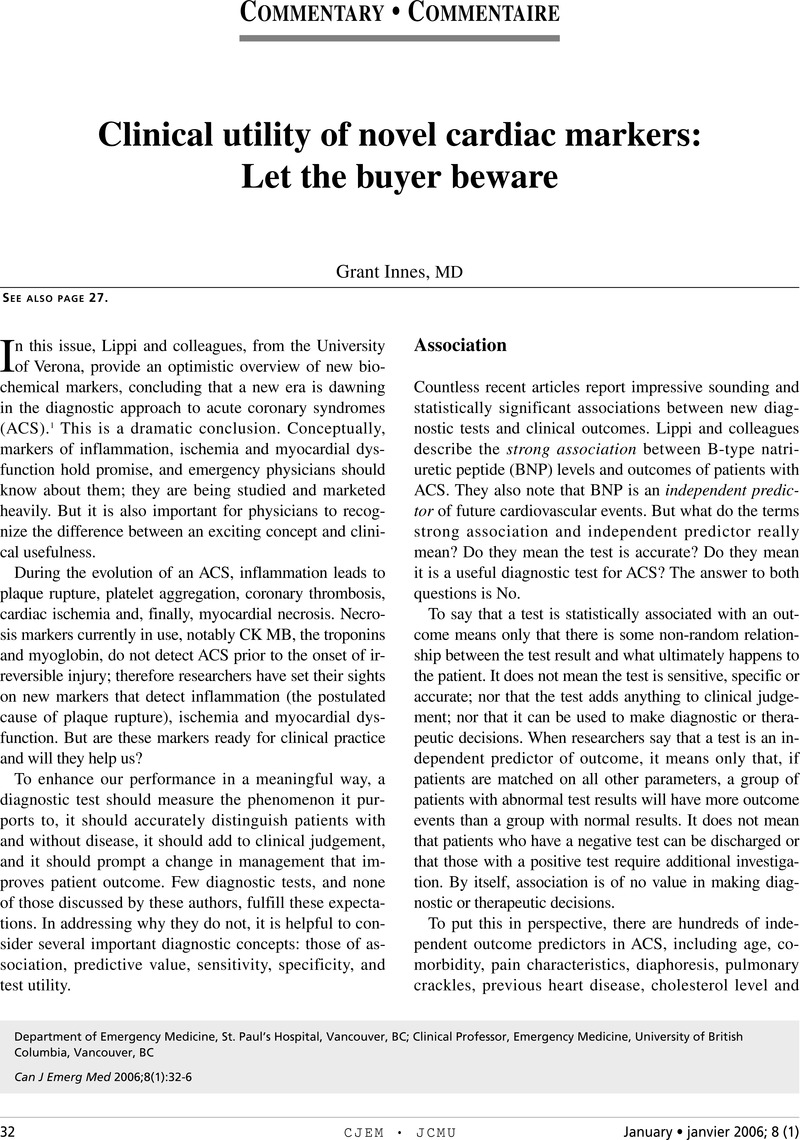Crossref Citations
This article has been cited by the following publications. This list is generated based on data provided by Crossref.
Innes, Grant D.
2019.
Can a HEART Pathway Improve Safety and Diagnostic Efficiency for Patients With Chest Pain?.
Annals of Emergency Medicine,
Vol. 74,
Issue. 2,
p.
181.



